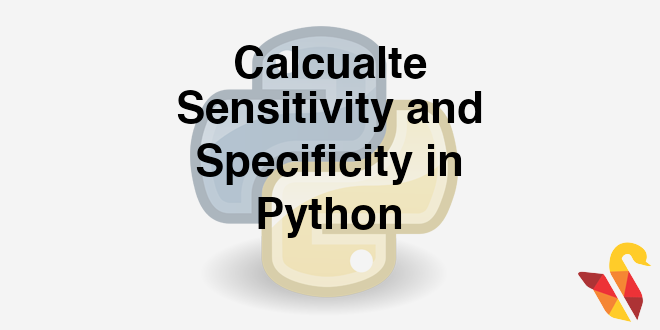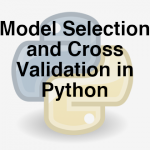
Link to the previous post: https://statinfer.com/204-4-1-model-section-and-cross-validation/
This post is an extension of the previous post. Here, we will look at a way to calculate Sensitivity and Specificity of the model in python.
Calculating Sensitivity and Specificity
Building Logistic Regression Model
In [1]:
#Importing necessary libraries
import sklearn as sk
import pandas as pd
import numpy as np
import scipy as sp
In [2]:
#Importing the dataset
Fiber_df= pd.read_csv("datasets\\Fiberbits\\Fiberbits.csv")
###to see head and tail of the Fiber dataset
Fiber_df.head(5)
In [3]:
#Name of the columns/Variables
Fiber_df.columns
Out[3]:
In [4]:
#Building and training a Logistic Regression model
import statsmodels.formula.api as sm
logistic1 = sm.logit(formula='active_cust~income+months_on_network+Num_complaints+number_plan_changes+relocated+monthly_bill+technical_issues_per_month+Speed_test_result', data=Fiber_df)
fitted1 = logistic1.fit()
fitted1.summary()
Out[4]:
In [5]:
###predicting values
predicted_values1=fitted1.predict(Fiber_df[["income"]+['months_on_network']+['Num_complaints']+['number_plan_changes']+['relocated']+['monthly_bill']+['technical_issues_per_month']+['Speed_test_result']])
predicted_values1[1:10]
Out[5]:
In [6]:
### Converting predicted values into classes using threshold
threshold=0.5
predicted_class1=np.zeros(predicted_values1.shape)
predicted_class1[predicted_values1>threshold]=1
predicted_class1
Out[6]:
In [7]:
#Confusion matrix, Accuracy, sensitivity and specificity
from sklearn.metrics import confusion_matrix
cm1 = confusion_matrix(Fiber_df[['active_cust']],predicted_class1)
print('Confusion Matrix : \n', cm1)
total1=sum(sum(cm1))
#####from confusion matrix calculate accuracy
accuracy1=(cm1[0,0]+cm1[1,1])/total1
print ('Accuracy : ', accuracy1)
sensitivity1 = cm1[0,0]/(cm1[0,0]+cm1[0,1])
print('Sensitivity : ', sensitivity1 )
specificity1 = cm1[1,1]/(cm1[1,0]+cm1[1,1])
print('Specificity : ', specificity1)
Changing Threshold to 0.8
In [8]:
### Converting predicted values into classes using new threshold
threshold=0.8
predicted_class1=np.zeros(predicted_values1.shape)
predicted_class1[predicted_values1>threshold]=1
predicted_class1
Out[8]:
Change in Confusion Matrix, Accuracy and Sensitivity-Specificity
In [9]:
#Confusion matrix, Accuracy, sensitivity and specificity
from sklearn.metrics import confusion_matrix
cm1 = confusion_matrix(Fiber_df[['active_cust']],predicted_class1)
print('Confusion Matrix : \n', cm1)
total1=sum(sum(cm1))
#####from confusion matrix calculate accuracy
accuracy1=(cm1[0,0]+cm1[1,1])/total1
print ('Accuracy : ', accuracy1)
sensitivity1 = cm1[0,0]/(cm1[0,0]+cm1[0,1])
print('Sensitivity : ', sensitivity1 )
specificity1 = cm1[1,1]/(cm1[1,0]+cm1[1,1])
print('Specificity : ', specificity1)



